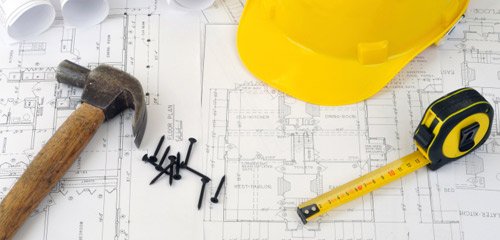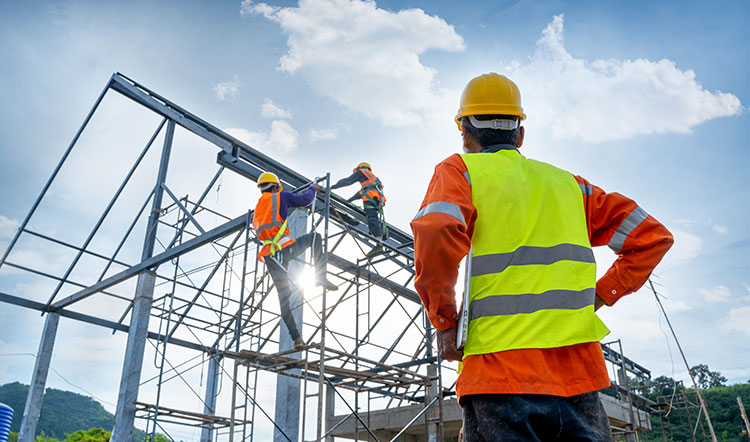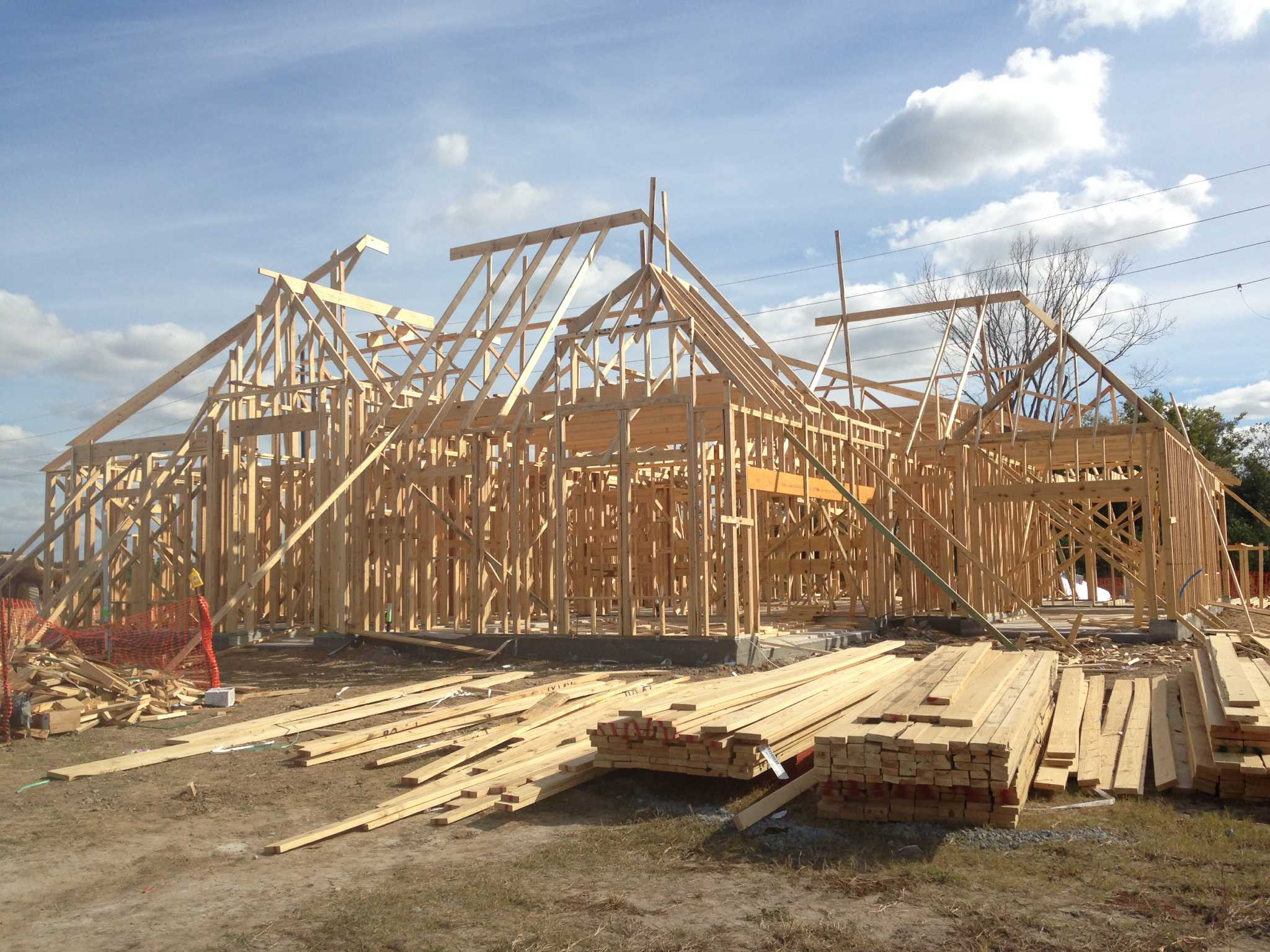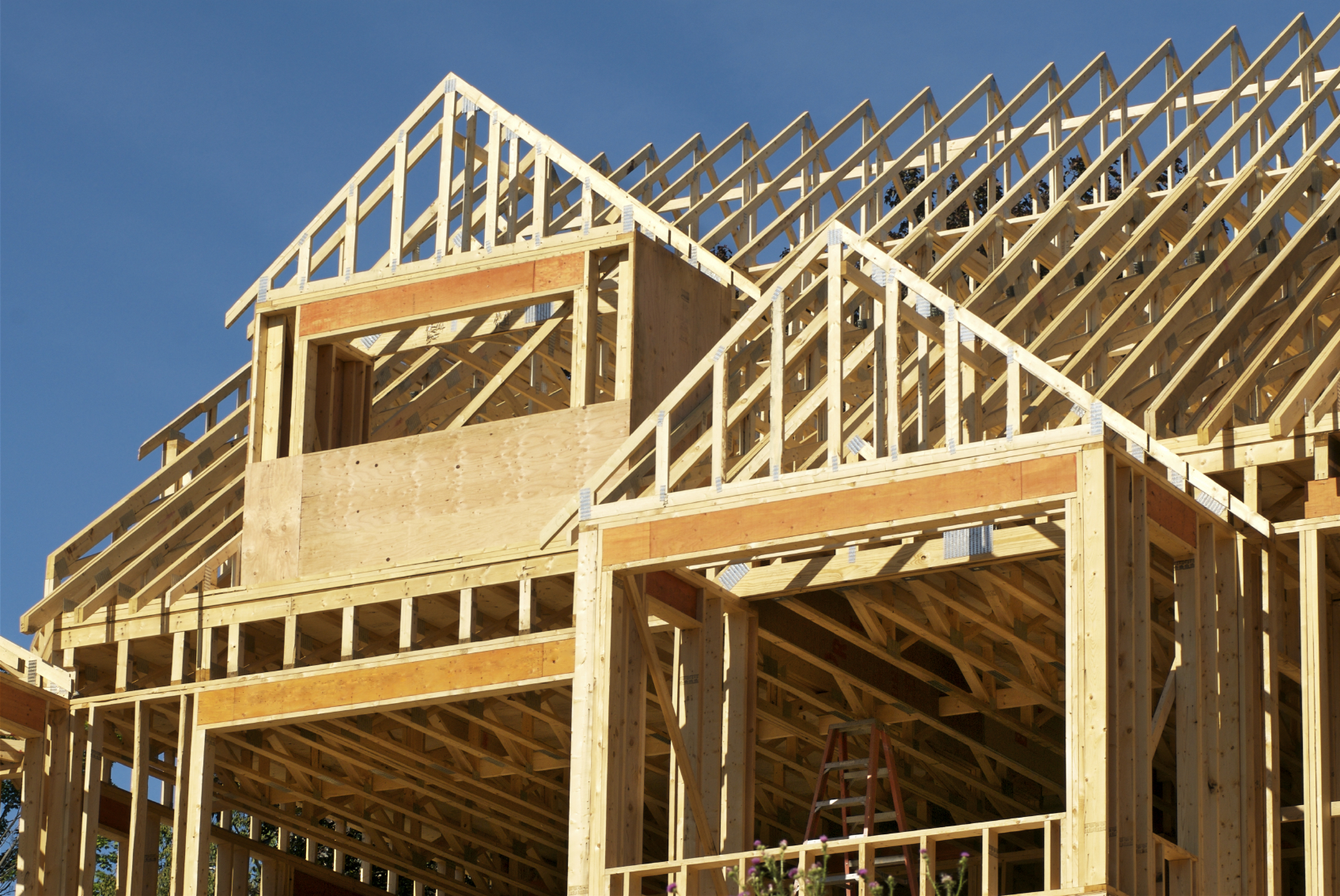
December 29, 2023
5 Essential Tips for Selecting the Right Decking Company
1. Prioritize Experience and Expertise
When it comes to creating your dream deck, experience matters. Look for a company with a solid track record of quality workmanship. Seasoned professionals like CCDC, have honed their skills and understand the nuances of decking materials, design trends, and construction challenges.
2. Evaluate Their Portfolio
A company’s past projects are a window into their capability and style. Browse through their portfolio to gauge their versatility and quality. Companies like Creative Concept Decks, known for their extensive and diverse portfolio, showcase their ability to cater to various styles and preferences.
3. Check Reviews and Testimonials
What previous clients say can offer invaluable insights. Online reviews and testimonials reflect customer satisfaction and the company’s ability to deliver on its promises. Top-rated companies like Creative Concept Decks often have numerous positive reviews, highlighting their reliability and excellence.
4. Consider the Range of Services
A great decking company provides more than just construction. They assist with design material selection, and even have aftercare services. Companies that offer a comprehensive range of services, like CCD, simplify the process and ensure a seamless experience from start to finish.
5. Assess Their Customer Service
Customer service is crucial. The company should be responsive, attentive, and willing to answer your questions. A top-rated company like Creative Concept Decks values customer interaction, ensuring you are informed and comfortable throughout the project.
Conclusion
Choosing the right decking company can differentiate between a mediocre outdoor space and the deck of your dreams. Companies like Creative Concept Decks, renowned for their expertise, quality, and customer service, stand out as a prime example of what to look for. By following these tips, you’re on your way to an exceptional decking experience.…
Read more





